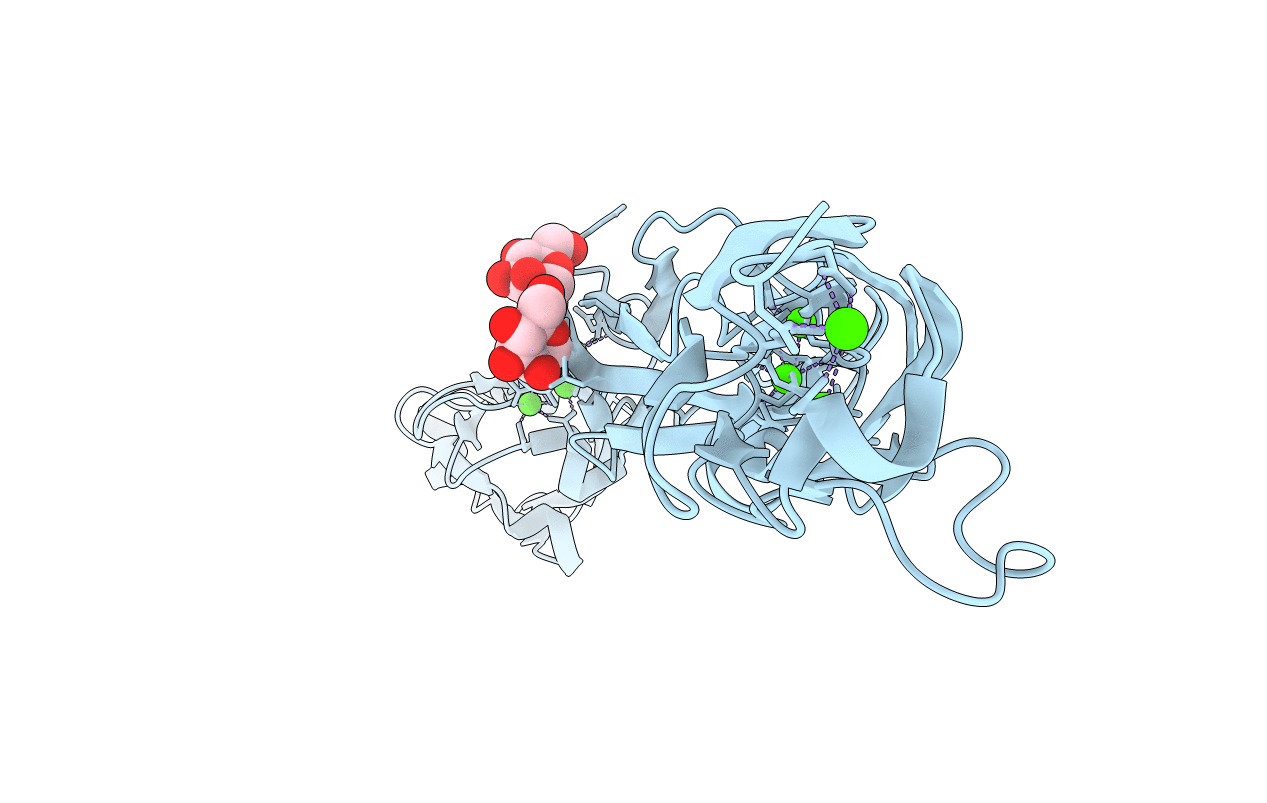
Deposition Date
2015-05-08
Release Date
2015-10-28
Last Version Date
2024-11-06
Method Details:
Experimental Method:
Resolution:
2.90 Å
R-Value Free:
0.28
R-Value Work:
0.26
R-Value Observed:
0.26
Space Group:
I 21 21 21


